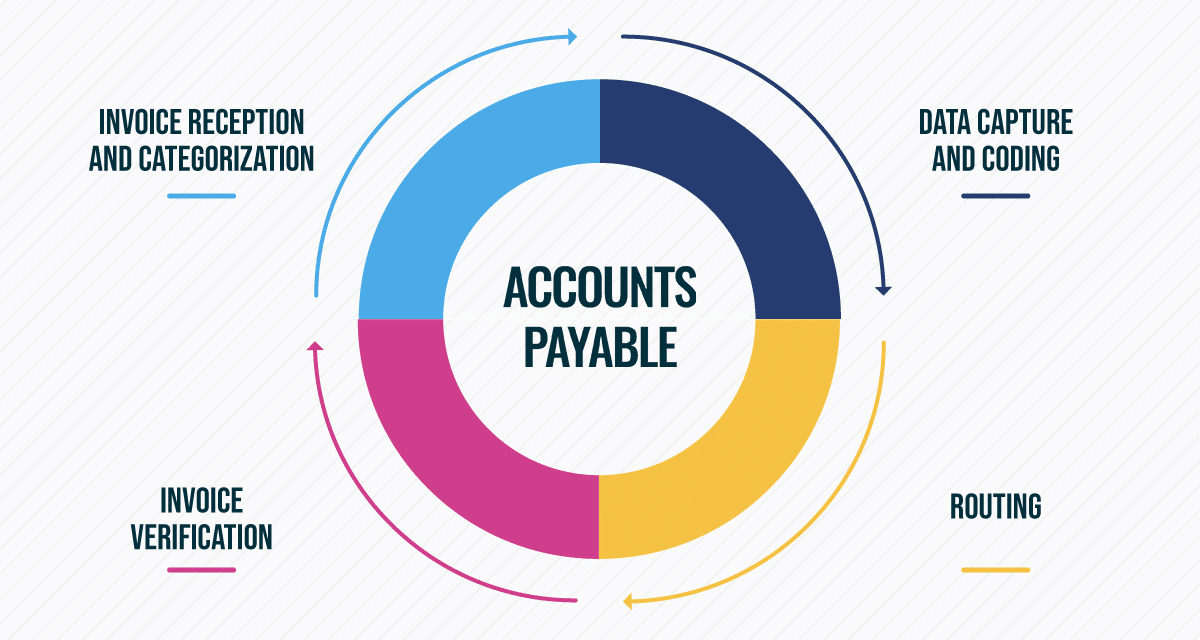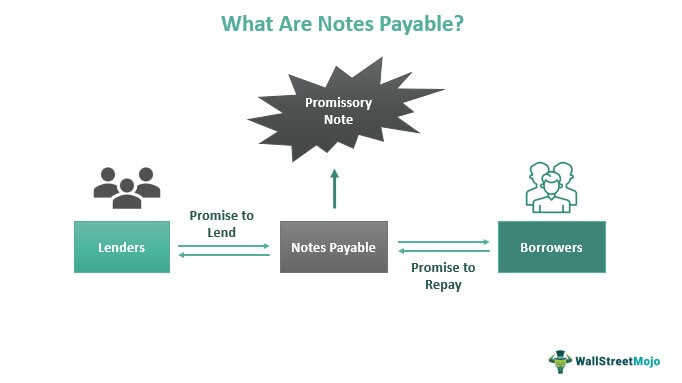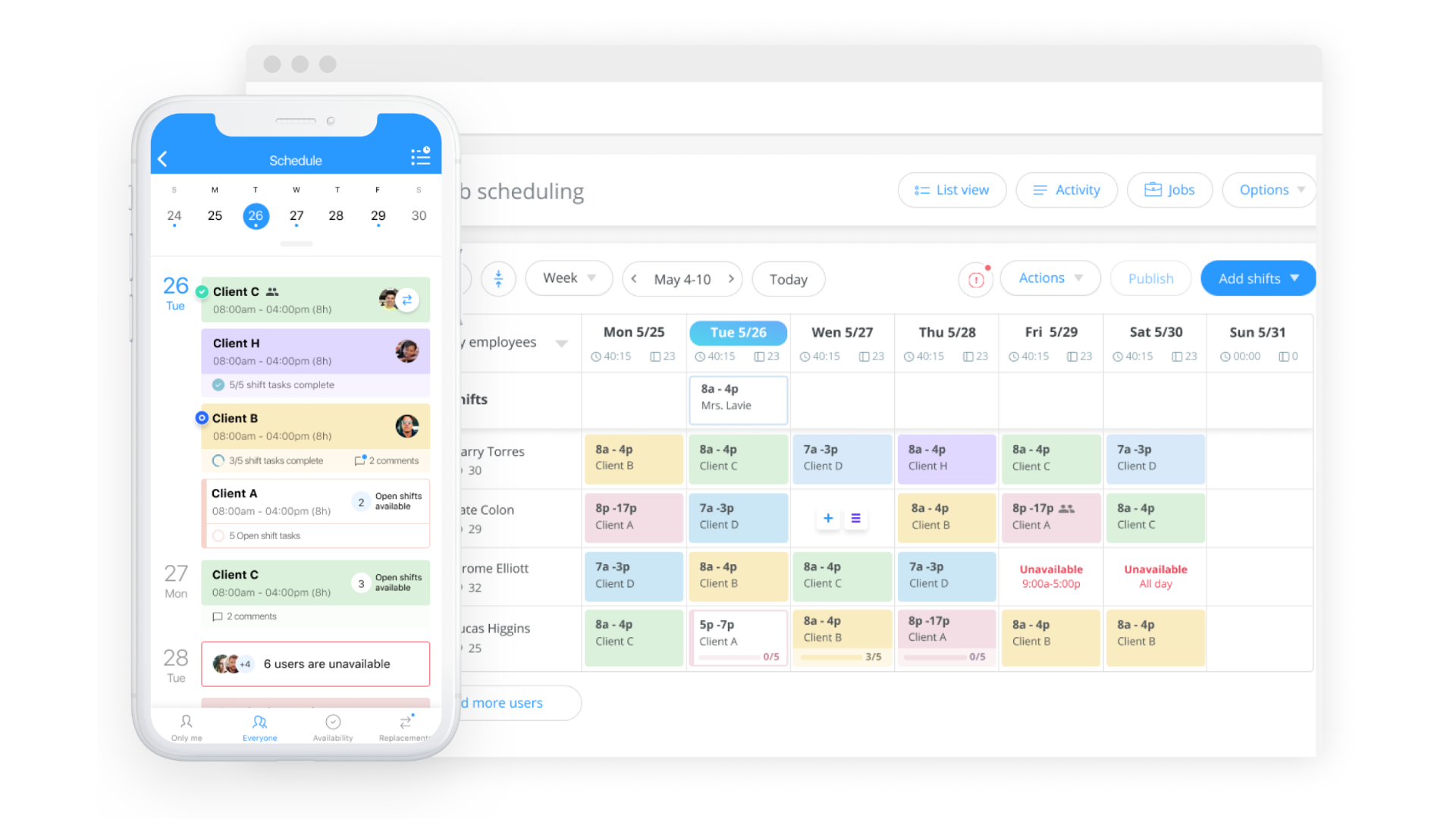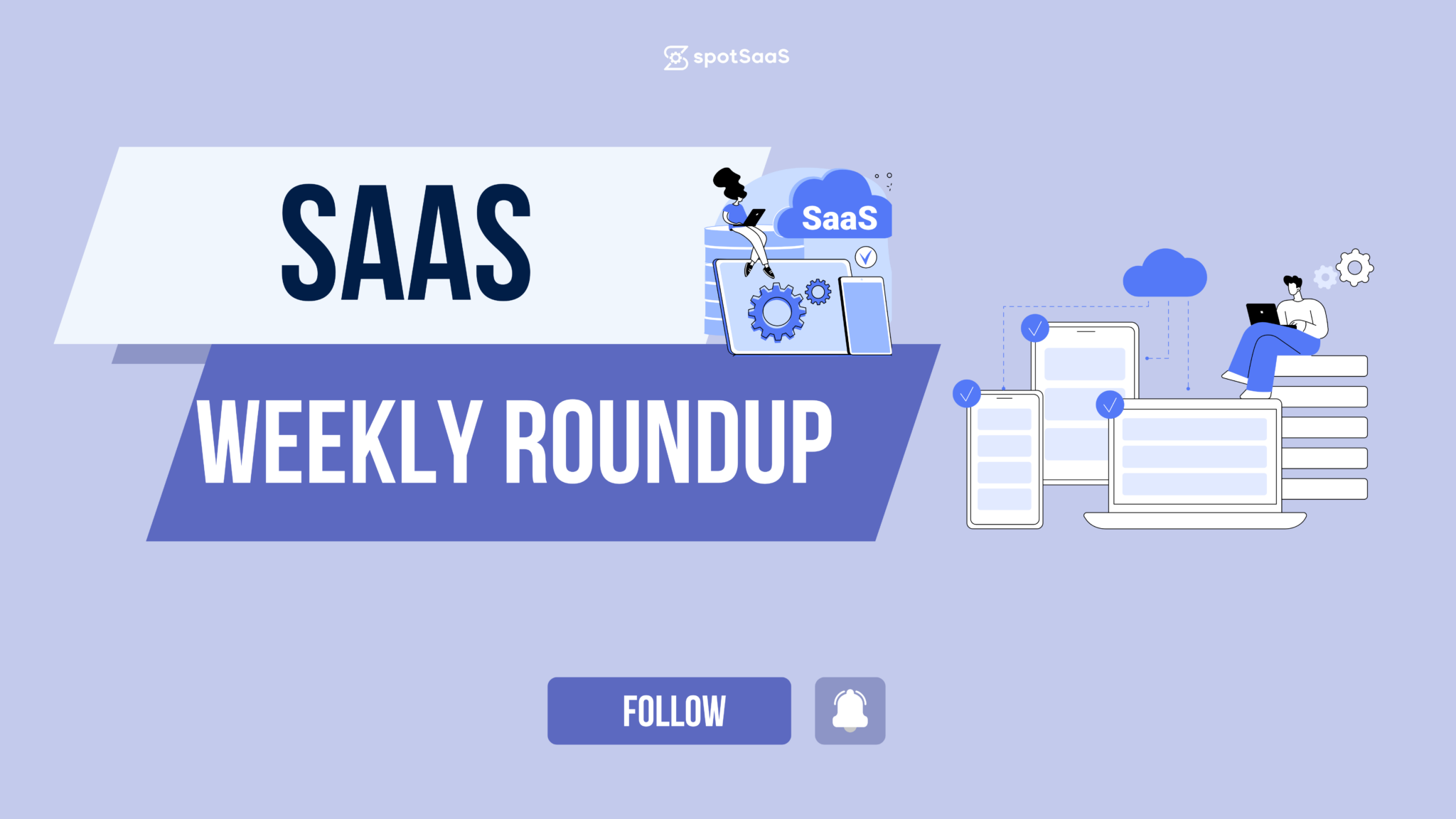Navigating the world of finance can be a challenge, especially when terms like ‘accounts payable’ and ‘notes payable’ come into play. These are two essential aspects of business accounting that manage debts and credits.
This blog post demystifies these concepts, outlining their key differences and how each impacts your business operations.
Key Takeaways
- Accounts Payable refers to short – term liabilities for goods and services purchases, while Notes Payable are liability accounts created through formal written contracts with credit companies and financial institutions.
- Accounts Payable is typically a short-term liability that needs to be repaid within one year, whereas Notes Payable can be both short-term or long-term debts.
- Accounts Payable involves an ongoing relationship between the buyer and supplier without any specific contract, while Notes Payable requires a more structured agreement with clear terms outlined in a legally binding document.
Understanding Accounts Payable and Notes Payable
Accounts Payable refers to short-term liabilities incurred by a company for the purchase of goods and services, while Notes Payable are liability accounts that involve formal written contracts with credit companies and financial institutions.
Accounts Payable: Short-term liabilities for goods and services purchases
In every business, Accounts Payable serves as a pivotal component of the financial structure. These are short-term liabilities incurred for purchasing goods and services needed to keep the operations running smoothly.
When an organization buys supplies on credit from a vendor without paying cash upfront, this transaction is recorded under Accounts Payable in the company’s balance sheet. This form of debt is typically due within one year or less – hence classified as a current liability.

Businesses strategically use accounts payable to manage their cash flow effectively, ensuring they have sufficient working capital at hand for other critical expenditures and investments.
It’s crucial to monitor and manage these accurately because timely clearing of payables maintains healthy supplier relationships and avoids penalties or interest charges for late payments.
Notes Payable: Liability accounts for formal written contracts with credit companies and financial institutions
Credit companies and financial institutions often require formal agreements when providing loans or extending credit. These formal contracts are known as notes payable, which are classified as liability accounts on a company’s balance sheet.
Notes payable involve specific terms and conditions that borrowers must adhere to, including repayment schedules, interest rates, and any additional stipulations outlined in the contract.
Unlike accounts payable, which represent short-term obligations for goods and services purchases, notes payable can be both short-term and long-term debts. These liabilities play a crucial role in managing a company’s financial obligations with creditors and ensuring proper debt management.
Key Differences Between Accounts Payable and Notes Payable
Accounts Payable is a short-term liability for goods and services purchases, while Notes Payable refers to liability accounts created through formal written contracts with credit companies and financial institutions.
| Aspect | Accounts Payable | Notes Payable |
|---|---|---|
| Duration | Short-term (within one year) | Can be short-term or long-term |
| Formality | Less formal, no specific contract | Formal, involves written contracts |
| Stipulations | Generally, only the timeframe for payment | Includes interest rates, payment schedules, etc. |
| Purpose | Used for general purchases | Used for specific debts |
How Accounts Payable and Notes Payable Impact Business Operations
Accounts Payable helps businesses manage day-to-day expenses and working capital, while Notes Payable facilitates larger financial transactions and long-term debt management. Understanding the impact of these liabilities is crucial for effective financial management.
Accounts Payable helps manage day-to-day expenses and working capital
Accounts Payable plays a crucial role in managing a company’s day-to-day expenses and working capital. It involves tracking and paying the bills for goods and services purchased by the company.
This allows businesses to keep track of their outgoing payments, ensuring that they are meeting their financial obligations. By effectively managing Accounts Payable, companies can maintain a healthy cash flow and ensure smooth operations.
Additionally, it helps in building strong relationships with suppliers and creditors, enabling better negotiation terms for future purchases. Overall, Accounts Payable is essential for keeping businesses running smoothly and efficiently.
Notes Payable facilitates larger financial transactions and long-term debt management
Notes Payable plays a crucial role in managing larger financial transactions and long-term debt. It allows businesses to secure significant amounts of funding from credit companies and financial institutions, enabling them to undertake major investments or expansions.

Unlike Accounts Payable, which is used for day-to-day expenses, Notes Payable involves formal written contracts that outline the terms and conditions of the loan. These contracts often include additional stipulations such as interest rates, repayment schedules, and collateral requirements.
By utilizing Notes Payable, businesses can strategically manage their long-term debts while maintaining a healthy cash flow for their operations.
Conclusion
In conclusion, understanding the differences between accounts payable and notes payable is crucial for managing financial obligations effectively. While accounts payable are short-term liabilities for general purchases, notes payable involve formal written contracts and can be used for specific debts.
Both play important roles in business operations, helping to manage day-to-day expenses and facilitate larger transactions when needed.
What is the main difference between accounts payable and notes payable?
Accounts payable refers to short-term debts owed by a business for goods or services, while notes payable includes promissory notes showing long-term liabilities or loans that need repaying.
How do businesses manage both accounts payable and notes payable?
Businesses typically classify these as current liabilities (accounts payables) or noncurrent liability (notes payables), tracking them in their financial statements to manage incoming and outgoing expenses efficiently.
Can you explain what a note’s face value means in regards to notes payable?
In terms of notes payable, the face value represents the original amount of money borrowed under promissory notes which does not include any interest accrued over time.
Why are accounts payables considered short-term liabilities but note payables are more often seen as noncurrent liability?
Accounts Payable are due within one year making them short-term liabilities; on other hand, Notes Payable usually have repayment terms extended beyond a year hence they’re classified as non-current or long-term liabilities.
Do I need different strategies for managing Accounts Payable vs Notes Payable?
Yes, because Short term debts like Accounts Payable involve everyday operating expenses whereas Long term liabilities such as Notes Payable require strategic planning for repaying money borrowed via loans.



